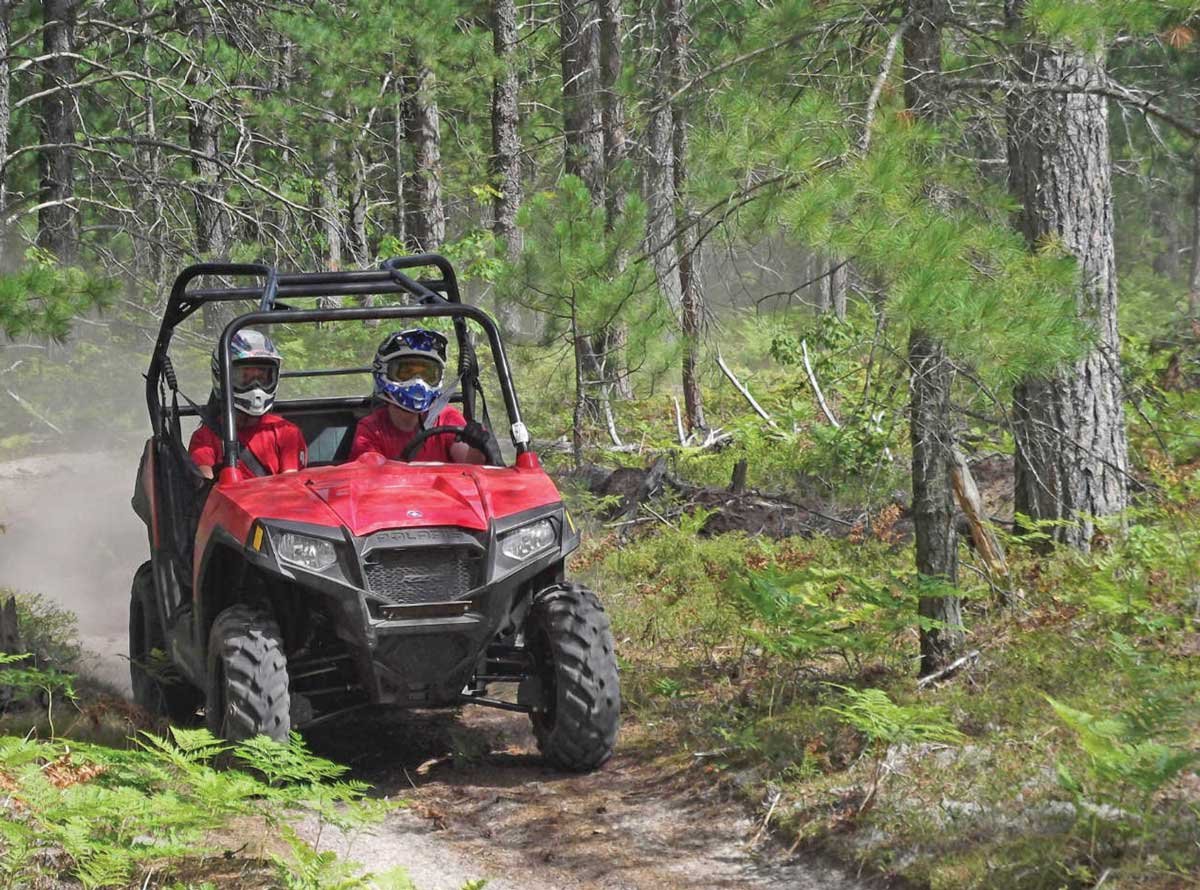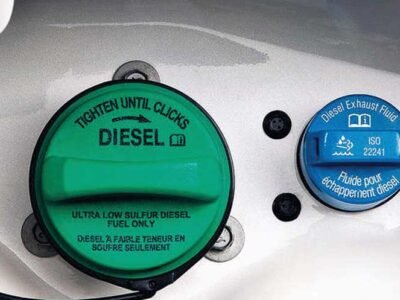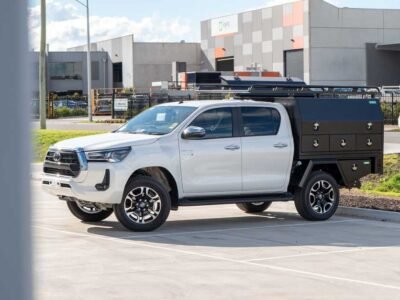One of the first things a UTV owner hears about before hitting the road is to wear a helmet. But UTVs look and behave more like cars than anything else, don’t they? Side-by-side vehicles come with rollover protection systems, seatbelts, steering wheels, doors, and hard rooftops even.
Why should anyone wear a helmet inside a UTV if no one wears helmets in their sedans? Things are less simple than you might think. Let’s see today the top X things you need to know about wearing and buying helmets when you plan a UTV ride!

Is It Mandatory to Wear a Helmet While Riding a UTV?
You probably know already that UTV laws and regulations depend from state to state. The chances are that you have some safety laws to respect in any state you ride your side-by-side.
On the other hand, many UTV-dedicated riding areas have their own safety rules in place any rider has to follow. If your interest lies with racing, the organizers will mandate yet another set of safety precautions, gear, and upgrades without which you cannot enter the race.
As we said, things are not simple. To uncomplicated them further, it is best to wear a helmet at all times when you ride your UTV, whether you use it for farming, hunting trips, outdoor adventures, off-road cruises, or races.
Ask any experts, and they will tell you that helmets make the top position on any UTV safety gear & rules list. Why should you use a helmet any time you are in motion with your side-by-side?
First, you avoid penalties and unnecessary debates with the authorities.
Secondly, UTV riding is as risky as it is thrilling. Even if you upgraded and enhanced your side-by-side with the best safety accessories, you still need a helmet. Of course, when you shop side-by-side UTV parts, you consider harnesses, side, and rear mirrors, lights, even side doors and hardtops, bumpers, skid plates, safer seats, etc. Nevertheless, your seller will also recommend you a helmet, and you should consider the offer.
The underlying reason for wearing a helmet inside your UTV is that the riding itself can hurt you or your passengers. Aggressive riding dislocates rocks, vegetal debris, dirt, mud, sand, etc., that can hurt your eyes, face, skull, etc. Moreover, tree branches can put your health and life in danger when you are on a forest trail.
When you shop for helmets, don’t think only about yourself. You need to have proper ones for your passengers, especially if your main UTV activity is riding with family and friends to explore outdoor scenery.
What Type of Helmet Should You Buy Safety-Wise?
UTV helmets, just like motorcycle and bike ones, come in a broad range of brands, models, and price tags. Race side-by-side helmets play in a league of their own. If you want to enter a race, the organizers will tell you what types they admit into competitions.
For casual wearing, the first rule is not to trade safety and quality for money. You have plenty of everyday items to be frugal with, but UTV helmets do not make this category. Conducting research and price comparisons is the reasonable thing to do, as you can pay more for brand fame than for safety.
Here are some primary rules to consider when you start shopping for UTV helmets:
- DOT or SNELL certifications. Look for a stamp with the U.S. Department of Transportation (DOT) safety standard on your helmet. Alternatively, get a UTV helmet with a SNELL certification (the SNELL standards and regulations are even stricter). In case you live in Europe and search UTV gear providers, a helmet with the Economic Commission for Europe (ECE) safety rating is what you want. The more safety certificates a helmet provides, the better.
- Choose a new product over a secondhand product. Helmets do not make the department you decided to be frugal in, so spend your money wisely on quality items you can trust. Buying a secondhand helmet is always a risk because you will never know how compromised its safety performance is.
- Full-face helmets are the best ones for good reasons. You can opt for open-face or motocross ones, but for UTV riding, helmets that protect your mouth, chin, and neck are your winning card in the safety game.
If you buy a helmet online, make sure you are mindful about all the necessary sizes, shapes, and stripes. We would recommend you try multiple helmets before deciding on one, as you need to find the model that fits your head snuggly without being too heavy, too large, too tight, etc.
We know it is a bit difficult to go from store to store shopping for helmets, so if eCommerce is your best chance, make sure you enjoy solid return policies if you get the wrong size.
Do Helmets’ Design and Features Make a Difference?
If you get a Styrofoam helmet, yes, you will feel the difference the first time you hit a forest trail hard. We are just joking.
UTV helmets are now veritable technological wonders. Now manufacturers produce helmets featuring chin bars in full-face models, removable mouthpieces, vents, dust filters, camera mounts, built-in headphones and speakers, and more.
Once you start researching, you will notice that different brands boast various helmet properties and features, comfortable lining, industrial-grade cushioning, hi-tech elements, etc. The idea is to take one that fits not only your head but the purpose for which you ride a UTV in the first place. You have helmets for rock crawling, just as you have helmets for mud riding.
Bottom Line
Before we depart and invite you to tell us what you know and love about UTV helmets, we have one more piece of advice to offer you. Please retire your helmet and buy a new one if you were in a UTV accident.
Even if there is no visible mark, dent, or sign on it, the helmet might have suffered structural damage. It might not protect you as well as it did next time.
Now it’s your turn! Do you wear a helmet when you ride your UTV? Are there other suggestions you’d like to offer our off-road enthusiasts?












